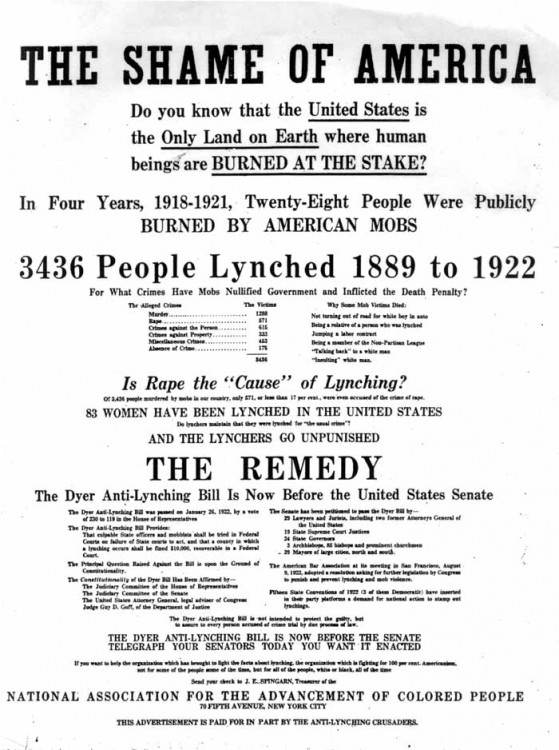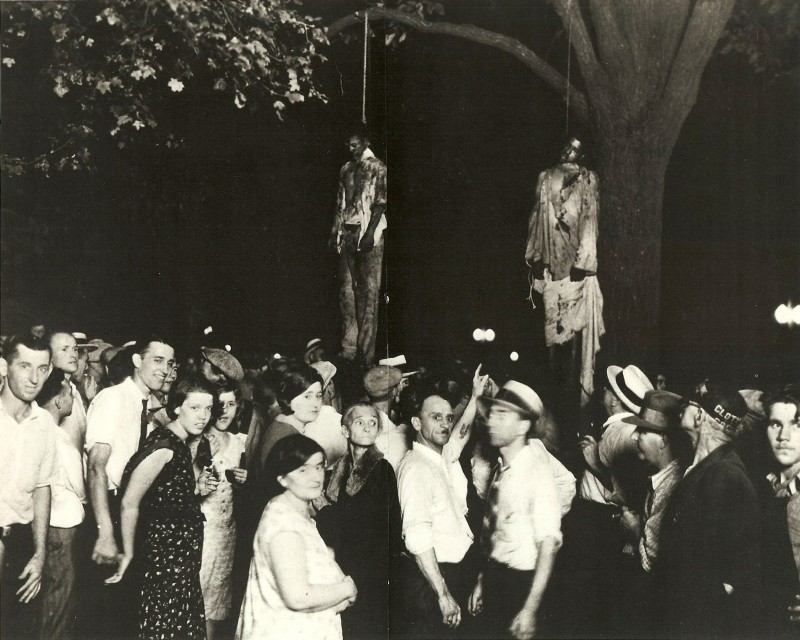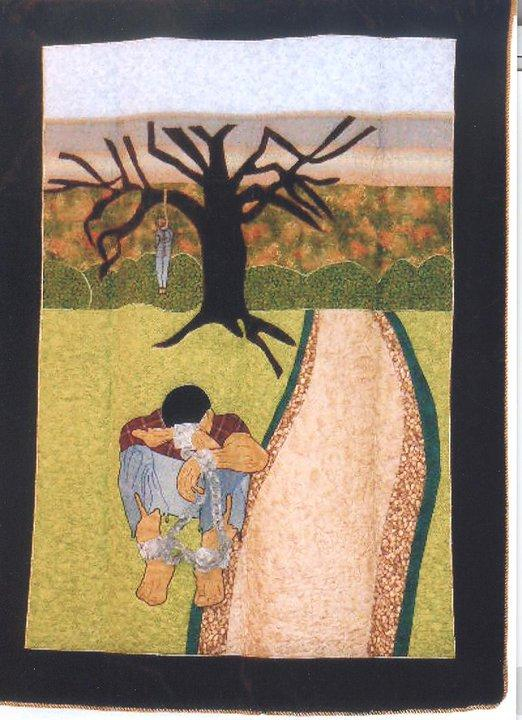Black Patients More Likely to Be Restrained in the Emergency Room
Share
Explore Our Galleries
Breaking News!
Today's news and culture by Black and other reporters in the Black and mainstream media.
Ways to Support ABHM?
By Alexa Spencer, Word in Black

Black patients are more likely than other racial groups to be restrained during emergency department (ED) visits, according to a new study by Baylor University College of Medicine. The findings — released in JAMA Internal Medicine on Sept. 25 — are based on a systematic review of 10 studies published through February 2022.
Physical restraint in EDs is used to protect patients and staff from harm, but may have negative consequences, such as aspiration, physical trauma, and psychological harm for those being treated.
The team of researchers found that physical restraint was a rare occurrence during ED visits. However, of the 24,030 events of physical restraint represented in the review, Black adults were disproportionately impacted.
“The absolute event rate for restraint use was relatively low, less than 1%, but our results suggest that Black patients have a higher risk of restraint than patients of other racial groups,” said Dr. Vidya Eswaran, corresponding author of the paper and assistant professor of emergency medicine at Baylor.
Word in Black has more.
Have you looked at our online exhibits?
Don’t forget to check out our breaking news archive.









Comments Are Welcome
Note: We moderate submissions in order to create a space for meaningful dialogue, a space where museum visitors – adults and youth –– can exchange informed, thoughtful, and relevant comments that add value to our exhibits.
Racial slurs, personal attacks, obscenity, profanity, and SHOUTING do not meet the above standard. Such comments are posted in the exhibit Hateful Speech. Commercial promotions, impersonations, and incoherent comments likewise fail to meet our goals, so will not be posted. Submissions longer than 120 words will be shortened.
See our full Comments Policy here.